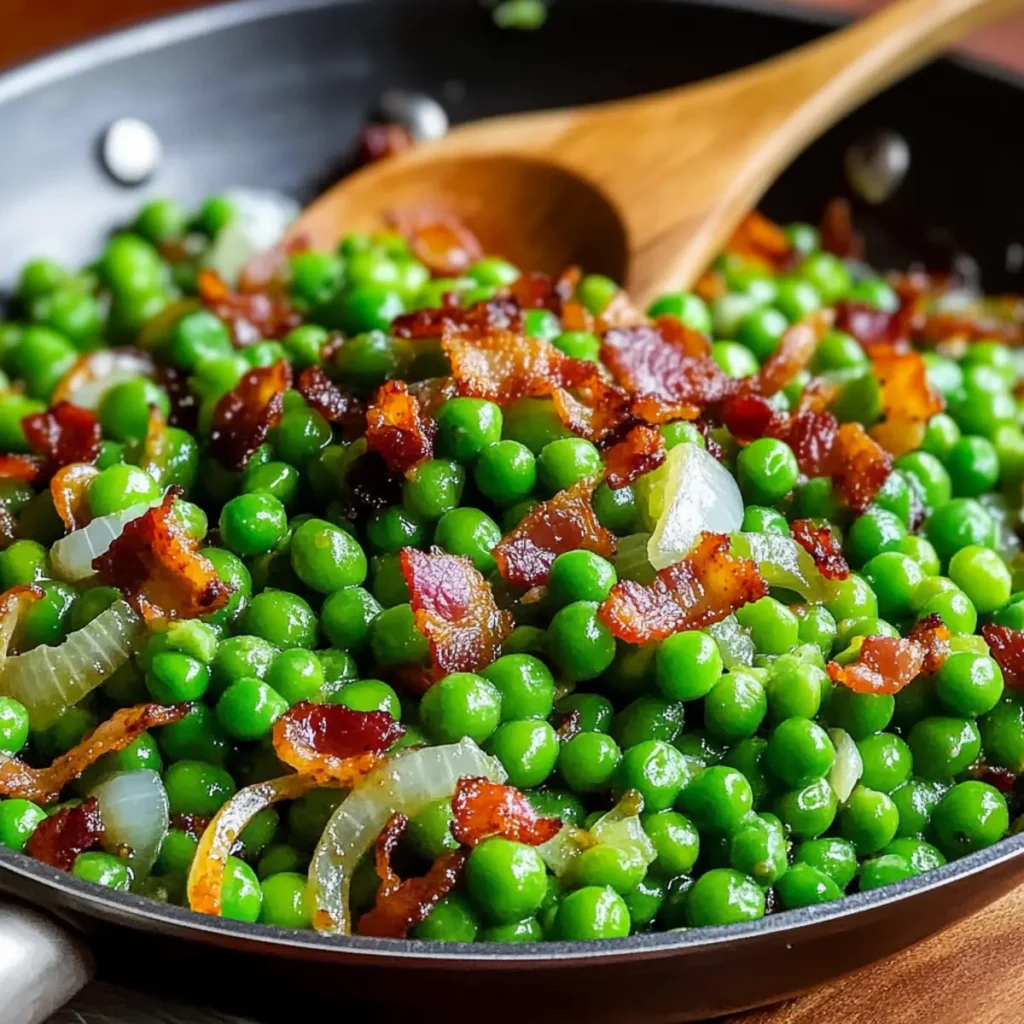Imagine the smell of fresh bagels wafting through your kitchen—the chewy crust, the dense yet soft interior, and the sweet, fruity bursts of blueberry in every bite. Making bagels from scratch might sound intimidating, but it’s easier than you think, and the results are worth every effort. Whether you’re enjoying them with cream cheese, butter, or just plain, homemade Blueberry Bagels are a breakfast game-changer. Let’s dive into this recipe that combines the joy of baking with the satisfaction of homemade goodness.
Why You’ll Love Homemade Blueberry Bagels
Homemade bagels aren’t just delicious—they’re a rewarding baking experience. Here’s why you’ll fall in love with this recipe:
- Fresh and Flavorful: You control the quality of ingredients, ensuring a fresh and fruity blueberry flavor.
- Perfect Texture: Homemade bagels have the chewy crust and dense crumb you can’t always find in store-bought versions.
- Customizable: Add toppings, adjust sweetness, or experiment with different flour blends to make it your own.
- Satisfying to Make: From kneading the dough to shaping and boiling, each step is as fun as it is fulfilling.
Ingredients for Blueberry Bagels
Bagel Dough:
| Ingredient | Quantity | Purpose |
|---|---|---|
| Active dry or instant yeast | 3 grams | Helps the dough rise, creating the chewy bagel texture. |
| Water | 235 grams | Hydrates the dough to form a slightly stiff, easy-to-shape consistency. |
| Sugar | 25 grams | Feeds the yeast and adds a touch of sweetness. |
| Bread flour | 455 grams | High protein content for strong gluten development and chewy texture. |
| Ground cloves (optional) | Small pinch | Adds subtle warmth and complements the blueberry flavor. |
| Non-diastatic malt powder | 20 grams | Adds sweetness and depth, while aiding in browning and crust development. |
| Salt | 10 grams | Enhances flavor and controls yeast activity. |
| Freeze-dried blueberries | 57 grams (2 oz) | Adds bursts of blueberry flavor without introducing extra moisture. |
For the Water Bath:
- 2 tablespoons malt powder (or 1 tablespoon barley malt syrup)
Optional Toppings:
- Poppy seeds, sesame seeds, or coarse salt for a savory contrast to the sweet blueberries.
Step-by-Step Instructions
1. Activate the Yeast (If Using Active Dry Yeast):
- If using active dry yeast, heat the water (235g) to 105-110°F (40-43°C).
- Dissolve half of the sugar (about 12.5g) into the warm water and stir in the yeast. Let it sit for 5-10 minutes until frothy, which indicates the yeast is active.
- If using instant yeast, skip this step and add the yeast directly to the dry ingredients.
2. Mix the Dough
- In a large mixing bowl or the bowl of a stand mixer, combine the bread flour, remaining sugar, malt powder, salt, and optional ground cloves.
- Add the activated yeast mixture (or dry yeast) and water.
- Mix until the dough starts to come together. Knead the dough for about 8-10 minutes using a dough hook or by hand. It should be smooth, stiff, and elastic, but not sticky.
3. Add the Blueberries
- Gently fold in the freeze-dried blueberries by hand to evenly distribute them throughout the dough. Be careful not to crush the berries too much.
- Knead the dough for another 2-3 minutes to ensure the blueberries are well incorporated.
4. First Rise
- Place the dough in a lightly oiled bowl, cover it with a damp cloth or plastic wrap, and let it rise in a warm area for 1-1.5 hours, or until it doubles in size.
5. Shape the Bagels
- After the dough has risen, punch it down to release any air bubbles.
- Divide the dough into 8-10 equal portions, depending on your preferred bagel size.
- Roll each piece into a smooth ball. Poke a hole through the center of each ball using your thumb, then gently stretch the hole to about 1-2 inches in diameter.
6. Prepare the Water Bath
- While the shaped bagels are resting for 10-15 minutes, bring a large pot of water to a boil. Add 2 tablespoons of malt powder (or 1 tablespoon of barley malt syrup) to the water.
7. Boil the Bagels
- Preheat your oven to 425°F (220°C).
- Carefully drop 2-3 bagels at a time into the boiling water. Boil for 30-60 seconds on each side. The longer the boil, the chewier the bagel will be.
- Use a slotted spoon to remove the bagels from the water and place them back onto a parchment-lined baking sheet.
8. Add Optional Toppings
- If you’d like, sprinkle the bagels with poppy seeds, sesame seeds, or coarse salt while they are still wet from the boiling water. For blueberry bagels, it’s common to leave them plain to highlight the fruit flavor.
9. Bake the Bagels
- Bake the bagels in the preheated oven for 20-25 minutes, or until they are golden brown and sound hollow when tapped on the bottom.
- Remove them from the oven and let them cool on a wire rack for at least 15 minutes before slicing.
Tips for Perfect Blueberry Bagels
- Hydration Control: Bagels require a stiffer dough compared to other breads. Measure your water carefully to avoid overly sticky dough.
- Use Freeze-Dried Blueberries: These provide intense flavor without adding moisture, which could compromise the dough’s structure.
- Don’t Skip Boiling: Boiling the bagels gives them their characteristic shiny crust and chewy texture.
- Rest After Shaping: Allowing the bagels to rest after shaping helps relax the gluten and improves their final texture.
Serving Suggestions
- Classic Cream Cheese: Pair your blueberry bagel with a generous spread of cream cheese for a simple yet delicious breakfast.
- Honey and Butter: Drizzle warm bagels with honey and a pat of butter for a sweet treat.
- Savory Twist: For a surprising flavor contrast, top your blueberry bagel with goat cheese and a sprinkle of fresh thyme.
Nutritional Information (Per Bagel)
| Nutrient | Amount |
|---|---|
| Calories | ~250 |
| Protein | 8g |
| Carbohydrates | 45g |
| Fat | 1.5g |
| Sugar | 7g |
| Fiber | 2g |
FAQs About Blueberry Bagels
1. Can I use fresh or frozen blueberries?
While you can, fresh or frozen blueberries introduce extra moisture, which can make the dough sticky and harder to work with. Freeze-dried blueberries are ideal for this recipe.
2. Can I freeze the bagels?
Yes! You can freeze baked bagels. Let them cool completely, then store in an airtight bag for up to 3 months. Reheat in the oven or toaster before serving.
3. Do I have to use malt powder?
Malt powder enhances the flavor and helps create the shiny crust. If you can’t find it, you can substitute barley malt syrup or even honey.
4. Why do I need to boil the bagels?
Boiling gelatinizes the starch on the surface of the bagels, which creates the shiny, chewy crust that’s iconic to bagels.
5. How do I store leftover bagels?
Store bagels in an airtight container at room temperature for up to 3 days. For longer storage, freeze them.
6. Can I make the dough ahead of time?
Yes, you can prepare the dough and let it rise overnight in the refrigerator. Bring it to room temperature before shaping and boiling.
Conclusion: Bake Your Way to Breakfast Bliss
Now that you know how to make Blueberry Bagels, it’s time to roll up your sleeves and start baking. Whether you’re a seasoned baker or a beginner, this recipe is approachable, rewarding, and oh-so-delicious. Grab your ingredients, preheat your oven, and enjoy the sweet, chewy, and satisfying experience of homemade bagels. Share them with loved ones, or keep them all for yourself—either way, you’re in for a treat!
Print
Blueberry Bagels Recipe: A Perfectly Chewy and Flavorful Breakfast Treat
- Total Time: 2 hours 15 minutes
- Yield: 8-10 bagels
Description
Freshly baked Blueberry Bagels are the perfect way to brighten your mornings. These bagels are soft yet chewy, with bursts of blueberry flavor in every bite. Made from scratch, they’re as satisfying to bake as they are to eat. Whether you enjoy them with cream cheese, butter, or your favorite toppings, these bagels are a delicious and wholesome treat to start your day right. Ready to make your kitchen smell amazing? Let’s bake!
Ingredients
For the Bagel Dough:
- 3 grams active dry or instant yeast
- 235 grams water
- 25 grams sugar (divided, if using active dry yeast)
- 455 grams bread flour
- A small pinch of ground cloves (optional)
- 20 grams non-diastatic malt powder
- 10 grams salt
- 57 grams freeze-dried blueberries (2 ounces)
For the Water Bath:
- 2 tablespoons malt powder (or 1 tablespoon barley malt syrup)
Optional Toppings:
- Poppy seeds, sesame seeds, or coarse salt (for a savory twist).
Instructions
Step 1: Activate the Yeast (If Using Active Dry Yeast)
- Heat the water to 105-110°F (40-43°C).
- Dissolve half the sugar (12.5 grams) into the warm water, then stir in the yeast.
- Let it sit for 5-10 minutes until frothy, signaling that the yeast is activated.
- If using instant yeast, skip this step and mix the yeast directly with the dry ingredients.
Step 2: Prepare the Dough
- In a large bowl or stand mixer, combine the bread flour, remaining sugar, malt powder, salt, and optional ground cloves.
- Add the activated yeast mixture (or water, if using instant yeast) to the dry ingredients.
- Mix until the dough starts to form, then knead for 8-10 minutes. The dough should be smooth, elastic, and slightly stiff.
Step 3: Add the Blueberries
- Gently fold the freeze-dried blueberries into the dough by hand. Be careful not to crush them too much.
- Knead the dough for another 2-3 minutes to evenly distribute the blueberries.
Step 4: Let the Dough Rise
- Place the dough in a lightly oiled bowl and cover with a damp cloth or plastic wrap.
- Let it rise in a warm spot for 1 to 1.5 hours, or until doubled in size.
Step 5: Shape the Bagels
- Once risen, punch down the dough to release air bubbles.
- Divide the dough into 8-10 equal pieces and roll each piece into a ball.
- Poke a hole in the center of each ball using your thumb, then stretch the hole to 1-2 inches in diameter.
Step 6: Prepare the Water Bath
- While the bagels rest for 10-15 minutes, bring a large pot of water to a boil.
- Add 2 tablespoons of malt powder (or 1 tablespoon of barley malt syrup) to the boiling water.
Step 7: Boil the Bagels
- Preheat the oven to 425°F (220°C).
- Gently place 2-3 bagels into the boiling water at a time.
- Boil for 30-60 seconds per side. The longer the boil, the chewier the texture will be.
- Remove the bagels using a slotted spoon and place them on a parchment-lined baking sheet.
Step 8: Add Optional Toppings
- If desired, sprinkle the bagels with poppy seeds, sesame seeds, or coarse salt while they’re still wet from boiling.
Step 9: Bake the Bagels
- Bake the bagels in the preheated oven for 20-25 minutes, or until golden brown and hollow-sounding when tapped.
- Allow the bagels to cool on a wire rack for at least 15 minutes before slicing.
Notes
- Hydration is Key: Bagel dough should be stiffer than other bread doughs. Adjust water or flour as needed.
- Freeze-Dried Blueberries: These work best to keep the dough from becoming too moist. Avoid fresh or frozen blueberries, which can affect the texture.
- Resting Period: Let the shaped bagels rest for 10-15 minutes before boiling for better results.
- Prep Time: 20 minutes
- Cook Time: 25 minutes
- Category: Snack
- Method: Boiling and Baking
- Cuisine: American






